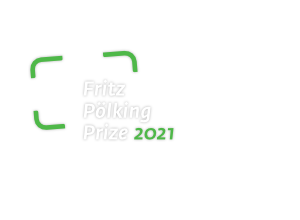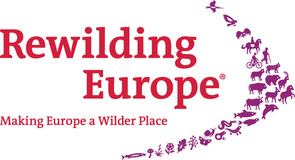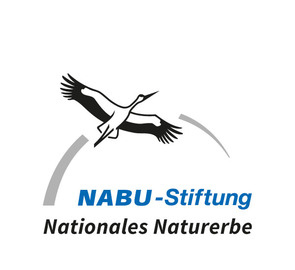The jury's comment
by Ofelia de Pablo (on behalf of the jury)
In the last year and a half of the pandemic, we have refocused on a nature that we had long turned our backs on. Above all, the consequences of climate change - the great fires, the terrible floods with hundreds of people dying, the extreme temperatures and the increasingly frequent droughts - are finally making us think about the damage we are doing to our environment. What are we doing to our planet? This question demands an answer as we analyse our role towards the nature we are destroying, begin to feel like responsible protagonists and realise that our decisions today will determine the future of tomorrow's environment. It was against this background that the seven jury members joint up to determine this year's awardees for the Fritz Pölking Prize for the best nature photography portfolio within the context of the European Nature Photographer of the Year competition.
In a special session, held again as a video conference due to the corona virus, the seven jurors from different parts of the world met to judge photo series and portfolios that showed different narratives and stories on the theme of nature. Between picturesque landscape images, incredible shots of animals in their habitat or the disturbing beauty of aerial shots that tell of the destruction and pollution of our planet, the narrative power of stories that show our relationship with the environment stood out.
Nature photography competitions and festivals around the world play a crucial role in creating new narratives that help spread the ideas of nature conservation and environmental protection. The discussions of this year's members of the jury for the Fritz Pölking Prize have revolved around these issues. The jury of the last edition of the prize (2020) had already initiated a debate on the importance of rethinking the responsibility of competitions in addressing such issues, and as predicted by the jury members last year, the debate continued in 2021. It can be said that the view is becoming established that a prestigious prize such as the Fritz Pölking Prize is an important vehicle when it comes to showcasing stories that tell of responsibility and conservation with regard to the preservation of our planet. As members of the jury, we believe that the winning portfolios of this prize will help spread the message of preserving our planet's natural resources further and further.
This award is an example of how telling stories can help us better understand our interaction with nature, and ultimately show us that we are capable of affecting potential change. Knowledge of our environment helps us to preserve it, and in this case the winning story in the adult category, Nsenene by Jasper Doest, is a good example of this. This photo series tells a compelling story about the capture of crickets, which occur twice a year in large swarms in Uganda, and the subsequent sale of the insects for consumption. In addition to the loss of habitat of these animals due to climate impacts, settlement activity and the effects of pesticides, their life cycle is altered by increased harvesting, and all this in a poor country where the consumption of this delicacy is an important economic factor despite the health risks for the harvesters. The series of pictures is convincing with powerful images, characterised by the atmosphere of electric lights at night and the archaic appearance of the metal tools used to catch these insects. But the most important thing, according to the jury's joint opinion, is not to focus on a set of beautiful images as such. With this portfolio, the photographer tells us a story about an animal species and how we interact with it.
Stories that change the world are not only those that condemn, but also those that help us to see the beauty of our planet, to fall in love with it and thereby learn to protect and respect it. This is also the personal view of the winner of the Fritz Pölking Junior Prize. In his portfolio, Emile Séchaud presents beautiful pictures of the alpine ibex, with which he not only illustrates the grace of this animal in its natural habitat, but also explains how this mammal, which only a few decades ago was on the brink of extinction, has once again become an icon of the alpine fauna. The photographer thereby shows that there is still hope for species threatened with extinction. The narrative plasticity of Séchaud's images as a whole helps to tell a compelling story that also has a conservation background.
The jury concluded that as photographers we can tell stories with our images, and we have the chance to take responsibility for our environment. Thanks to our camera, we have a wonderful tool at hand to make nature visible in all its dimensions, and thanks to awards like the Fritz Pölking Prize, we can bring stories to many corners of the world, which helps to better understand our planet and thus makes us fight for its preservation.











